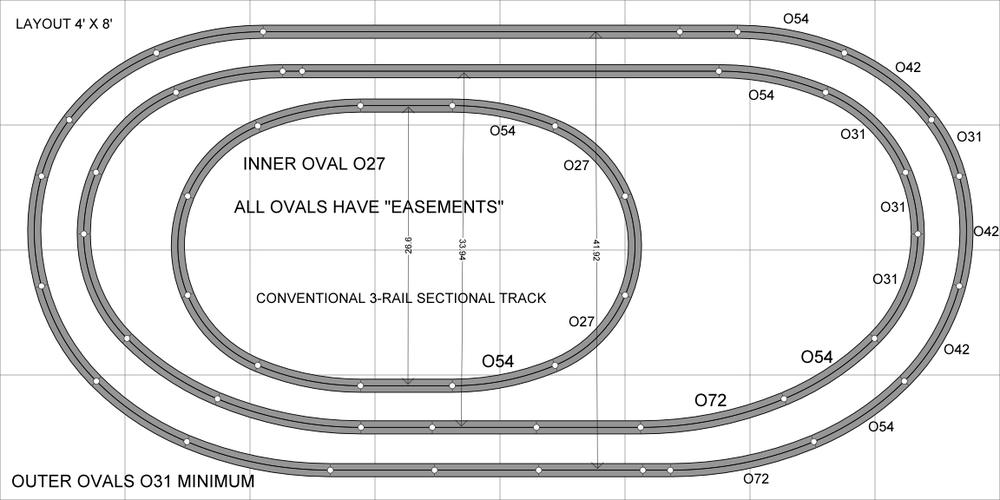Hello all,
I am now in the process laying track on my layout. I am using post owar tubular o72,054 and 031 curves. I do have some elevations up to five and a half inches. Should I shim the outside rails of the curve track which would help keep the locomotive on the track curves? If so, please advise how much to ship the outer section of the track.
Much thanks, Jerry




